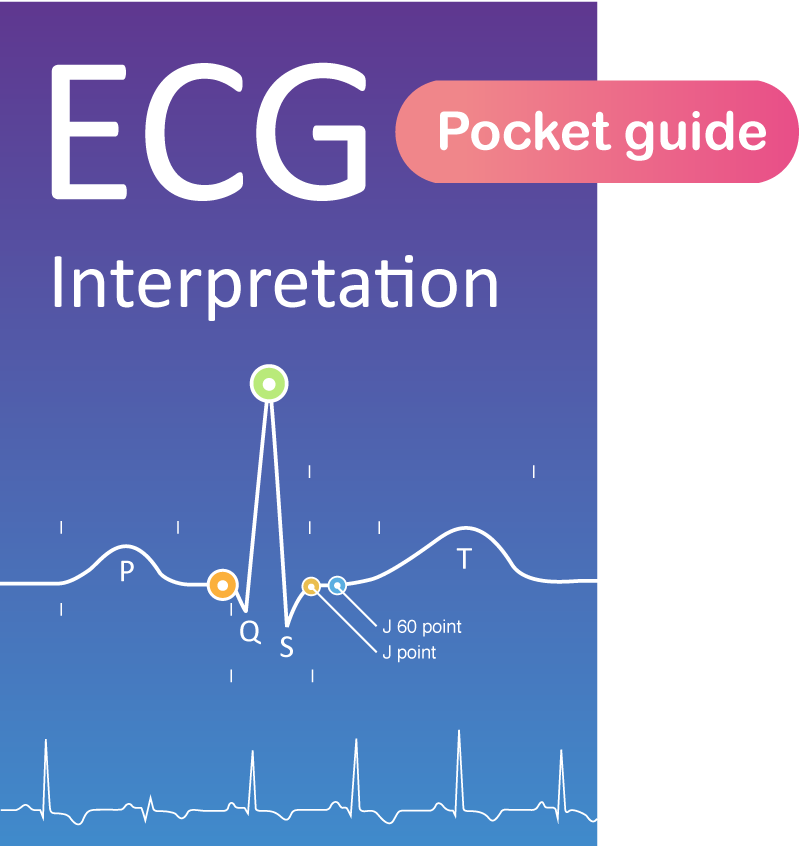Principles of echocardiographic examinations
In small children, it is possible to perform the entire transthoracic echocardiography (TTE) with the child in the supine position. This is possible due to the small distance between the heart and the ultrasound transducer, and because less air-filled lung tissue covers the heart. In adults, however, the distance between the heart and the transducer is greater and more lung tissue obscures the heart. Therefore, most images in adult TTE are obtained with the patient positioned in the left lateral decubitus position. In this position, the heart comes closer to the thoracic wall, with less lung tissue covering the heart. Some images in adult TTE are obtained with the patient in the supine position.
In order to obtain the best possible image quality, patient safety and ergonomics for the operator, special examination tables are used. These tables are equipped with an opening (cutout), where the ultrasound transducer can be freely maneuvered, even positioned vertically, which is important to obtain images from apical windows.
The patient’s left arm should be placed under the patient’s head. This stretches in the chest wall, such that the distances between the ribs increase, providing larger windows for the ultrasound beam.
The operator can sit on either side of the patient, depending on preferences. The operator should have an elbow rest, and also avoid bending the back during the examination. Work-related musculoskeletal disorders are a common cause of pain and sickness absence for ultrasound practitioners (Harrison et al).
When performing emergency echocardiography, or any examination without a proper examination table, it may be difficult to acquire images in the left lateral decubitus position. This affects images obtained in apical windows (refer to Standard Transthoracic Echocardiogram: Complete Imaging Protocol). Nevertheless, there are obvious benefits of performing emergency bedside examinations, regardless of image quality.
The ultrasound transducer is held at the tip, using the thumb and the forefinger, while remaining fingers stabilize the grip. The transducer tends to glide out of position due to the gel. One or two fingers may be placed gently on the skin to fix the position of the transducer. The ultrasound gel is important because it maximizes the contact surface between the transducer and the skin. Generous use of gel is recommended. In addition to the gel, it is important to apply some pressure when holding the transducer against the skin. Patients with extensive subcutaneous fat require harder pressure.
Orientation index marker
All ultrasound transducers have an index marker, which is used for orienting in the ultrasound image. Basically, the index marker is used to determine left and right in the obtained image. Figure 1 illustrates how the index marker is used for orientation.

Image quality
Various methods for optimizing image quality have been discussed earlier (refer to Optimization of the ultrasound image). Only the key principles are mentioned here.
Modern ultrasound systems use harmonic imaging, which means that the machine emits ultrasound waves with a certain frequency and subsequently records reflected sound waves at double the frequency of the emitted waves. Thus, if the machine emits sound waves at 1.7 MHz, it listens for reflected sound waves at 3.4 MHz. One can increase the frequency of the emitted sound when studying objects located near the transducer, and vice versa (i.e the frequency is reduced when studying distant objects). These concepts have been discussed in detail previously.
The gain is regulated with TGC and gain control, as discussed earlier. The gain must be calibrated, such that blood-filled spaces (ventricular cavities, atrial cavities, vessels) should appear black in the image. If these spaces appear in any shade of gray, then the gain must be reduced.
When using color Doppler, the Nyquist limit should be between 50 and 60 cm/s. The color sector should be as small as possible. The larger the sector, the poorer the temporal resolution.
When using pulsed wave Doppler, sample volume should be 3 to 4 mm wide when measuring high velocities (flow across the aortic valve, mitral valve, tricuspid valve and pulmonic valve). For all other measurements, e.g tissue Doppler, venous flow, AV plane movement, the sample volume should be 5 to 7 mm wide.
When using spectral doppler, the background should be black, otherwise gain must be reduced. The spectral signal must be distinct and bright.
References
Harrison et al: Work-related musculoskeletal disorders in ultrasound: Can you reduce risk? Ultrasound.
